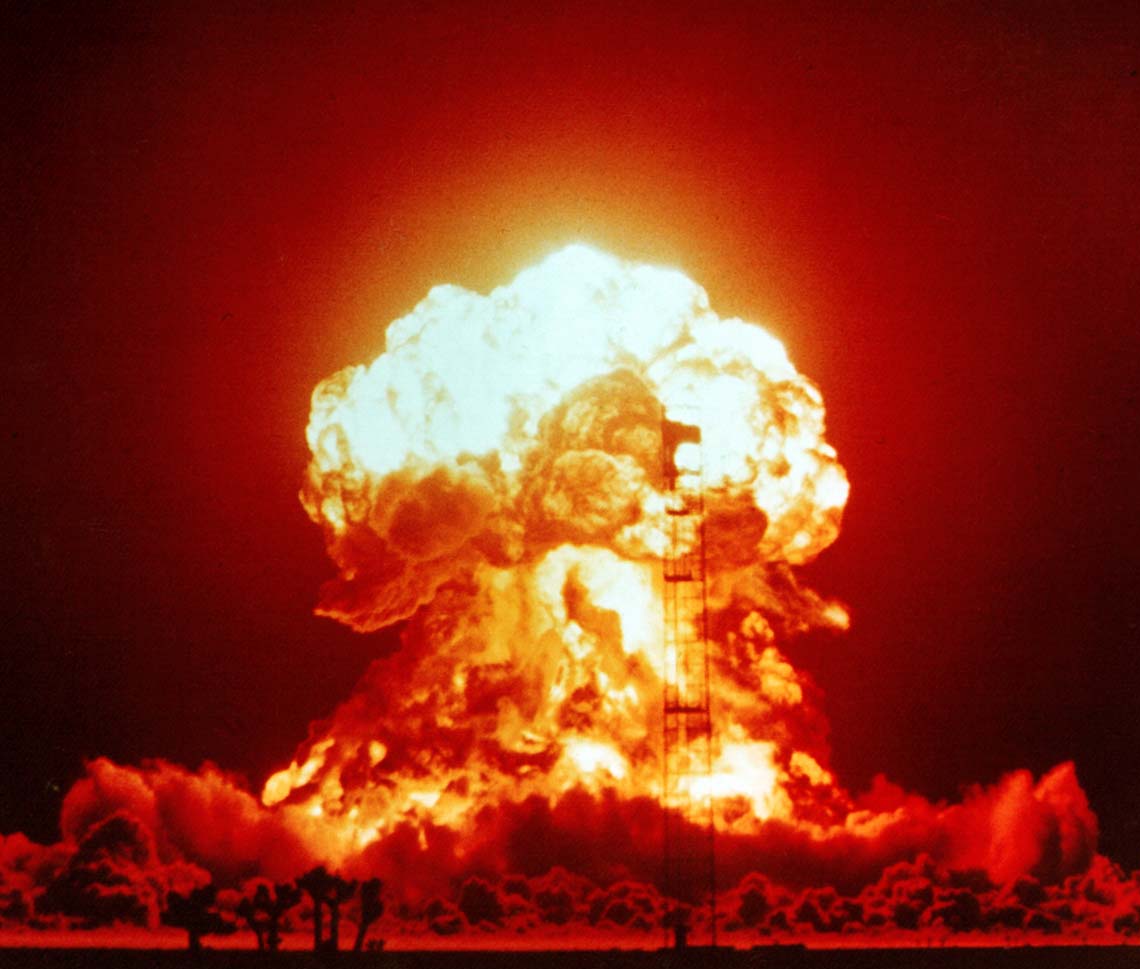
NEW DELHI (TIP): The “acne” — as foreign minister Salman khurshid described it — could well turn into a deep scar on India‘s face, with the Chinese reinforcing their position across the Line of Actual Control and raising the real prospect of India losing access to 750 sq km in strategically crucial northern Ladakh. While China rebuffed India’s plea to withdraw its troops, squatting 19km inside Indian territory at Raki Nala in the Depsang Bulge area, fresh imagery from Indian spy drones has shown that the People’s Liberation Army has already started using trucks to replenish supplies for over 30 soldiers stationed there.
The pictures, which also show that PLA is trying to convert the track there into a proper road, are transforming what the government had called a “localized problem” into a first-rate diplomatic crisis. The recognition has led to India starting to toughen its response, with Army chief General Bikram Singh on Wednesday briefing the Cabinet Committee on Security (CCS) on the “counter-measures” possible. While a military showdown is not imminent, India may escalate its protest from demarches into a reappraisal of bilateral ties just ahead of the visit of Chinese Premier Li Keqiang on May 20.
The audacious intrusion into the Depsang Bulge, a table-top plateau, threatens to cut off India’s access to some 750 sq km area in northern Ladakh: an area roughly half the size of Delhi. The face-off site is just about 35km south of the strategic Karakoram Pass, which is at the tri-junction of China- Pakistan-India borders, and overlooks the Siachen Glacier- Saltoro Ridge to the west and the Indian observation post in the Chumar sector to the east.
Indian Army and ITBP patrols to Daulat Beg Oldi (DBO) and the Karakoram Pass have to trek across the Saser and Depsang passes – both in excess of 16,000 feet — on foot from Sasoma, which is over 80km north of Leh. So, loss of control over the Depsang Bulge would cut off access to the areas north of the passes.Officers who have done stints there say the Depsang Bulge is the only staging area in the region from where Indian forces can group men and machines to launch any action.
This is because the bulge is the only wide open land in the region which is full of high jagged ridges of the Karakoram range in the north and Ladakh range in the south. Government sources admitted the developments over the past 48 hours, with the third flag meeting also failing to break the deadlock, have radically transformed the nature of the standoff, and the May 9 visit of foreign minister Salman Khurshid – who had initially described the incident as just an “acne” that would not impede the upward trajectory in bilateral ties — to Beijing could be in jeopardy.
Gen Singh, on his part, gave several options to the CCS, ranging from cutting off supply lines of the Chinese troops at Raki Nala to Indian troops conducting a similar maneuver in some other sector. But the government is sticking to the “no military escalation” policy as of now, even as it works the diplomatic channels. But China is insisting on the demolition of India’s observation post at Chumar as a pre-condition for de-escalation.
As ties threaten to nosedive, the observation post that can overlook troop movements on the Chinese side has emerged as the main bone of contention. China, which is already miffed with India’s re-activation of advanced landing grounds at Daulat Beg Oldi, Fukche and Nyoma and building of other infrastructure along the LAC over the last four-five years, is uncomfortable with Indian being able to peep at the movement on the highway. The Chinese, in fact, have frequently tried to “immobilize” the surveillance cameras positioned at the Chumar post by cutting wires.
Last year, Indian troops had intercepted two Chinese personnel on mules across the Chumar post. Though they were subsequently let off, with language being a barrier, China got hugely irritated about the incident. Holding that the two Chinese were from its revenue department, Beijing since then has been pressing hard for the Chumar post to be dismantled.





734994 346170Wahhhh,!! I dnt believe its food thats producing her tummy groww!!|tiitaBoo| 621566